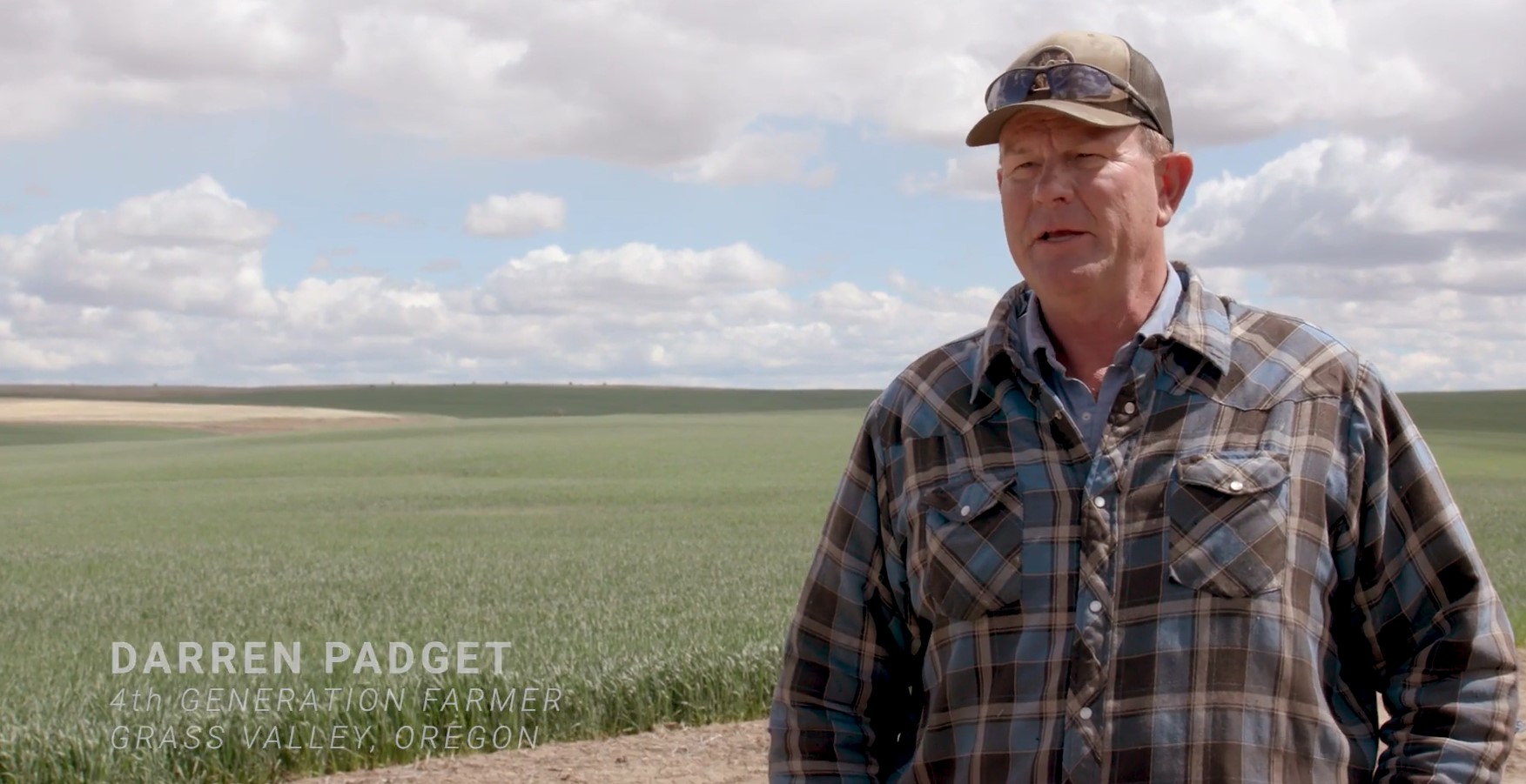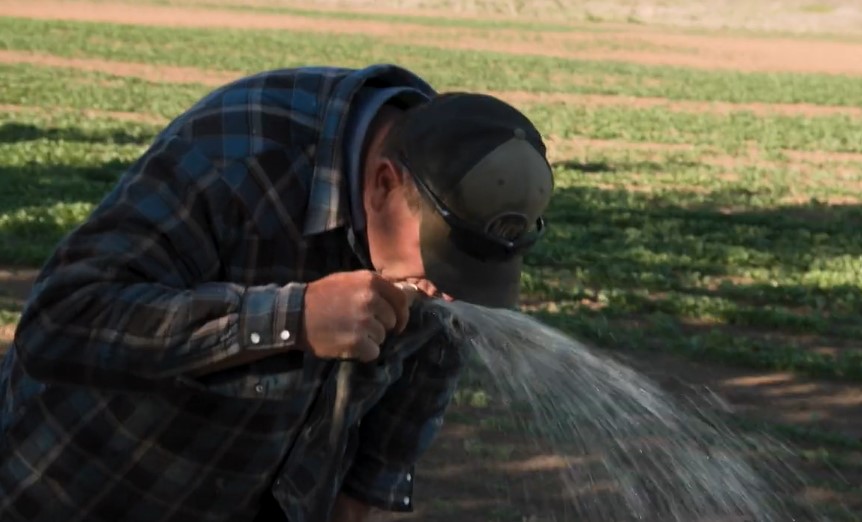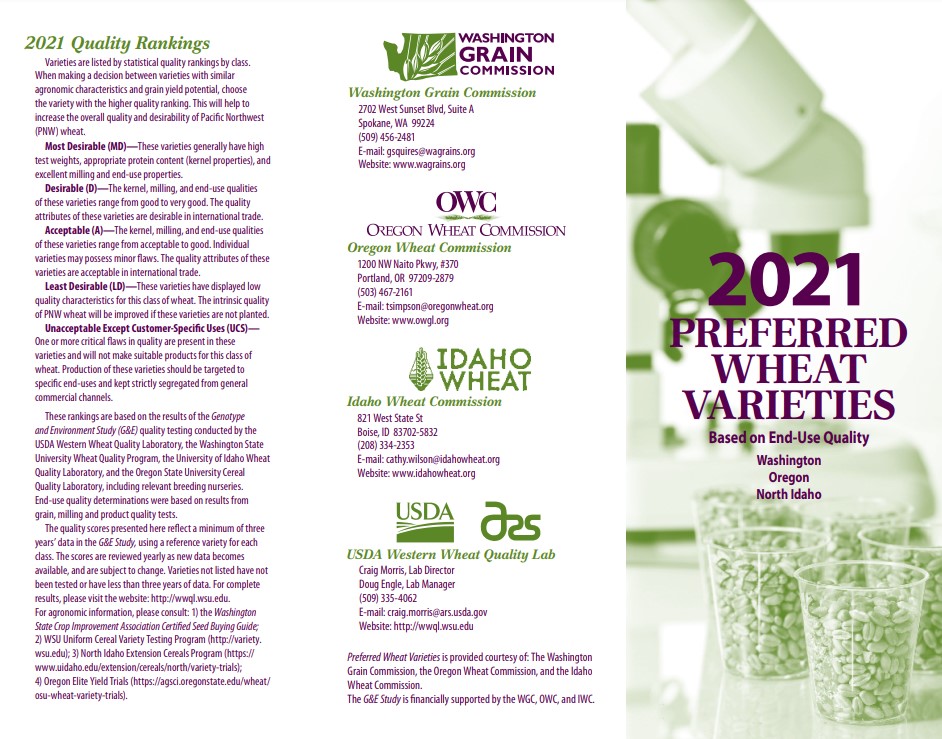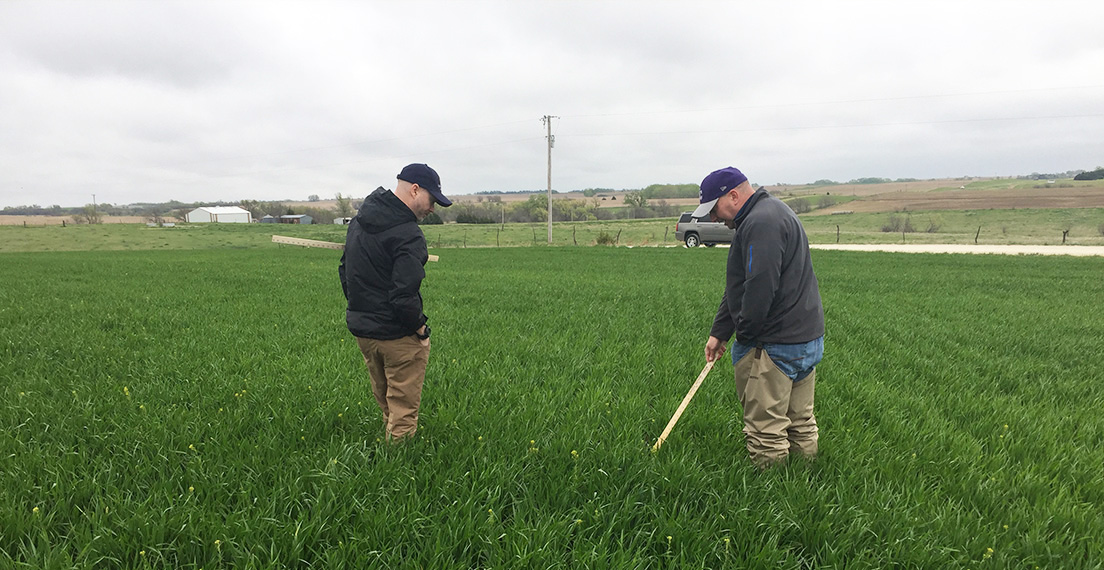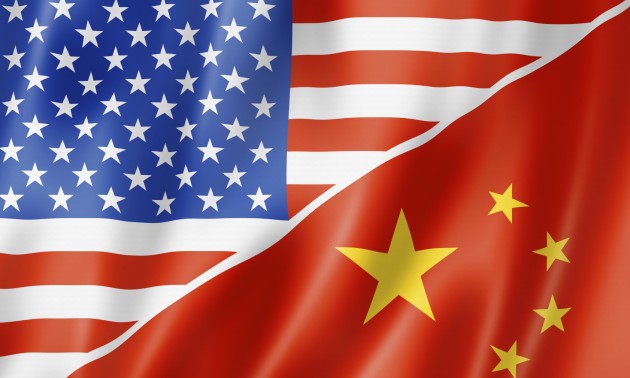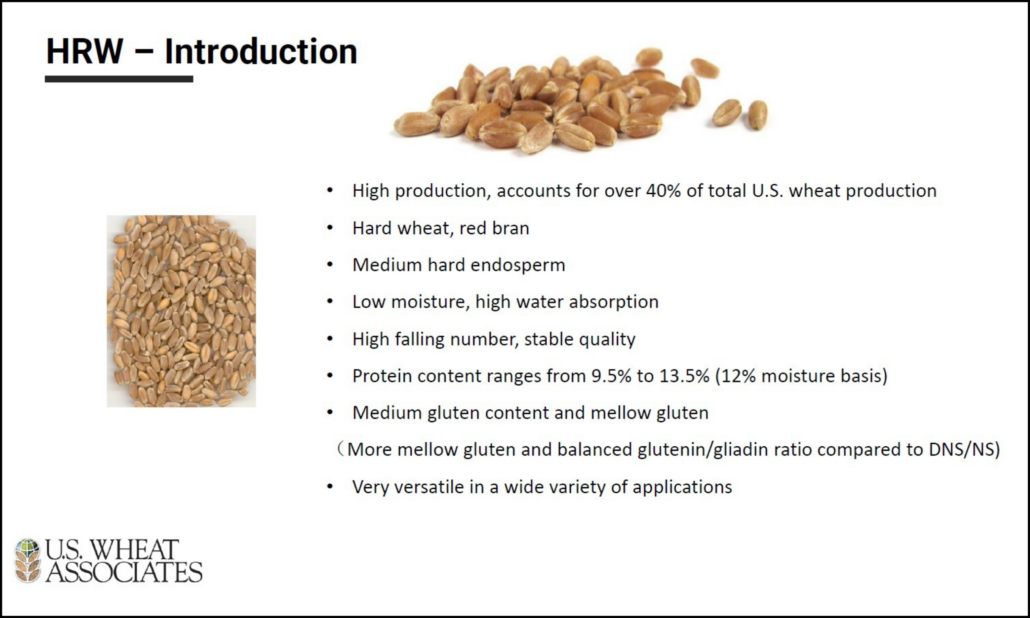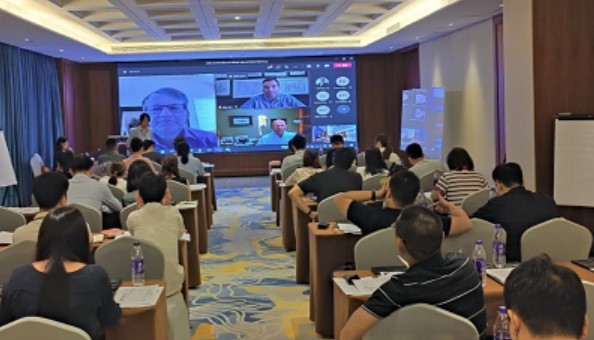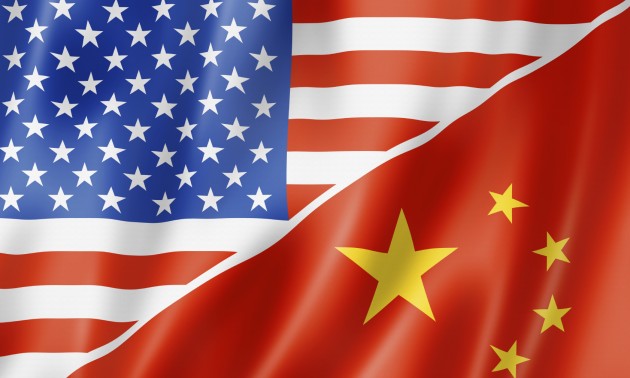The People’s Republic of China is the United States’ largest food and agricultural product export market with sales that reached a record $41 billion in calendar 2022. Under suspension of import duties agreed to in the Phase One trade accord, China has imported more than 827,000 metric tons of U.S. wheat with an estimated value of more than $270 million as of early February in marketing year 2022/23. That pace is down from the previous two marketing years, but still significant.
USDA’s Foreign Agricultural Service (FAS) and U.S. Wheat Associates (USW) are reporting that as China pulls back from zero-COVID policies, there is “great optimism about the economy” in general and specifically the dynamic Chinese baking industry.
Return to Personal Contact
After a resumption of normal public activity, USW Beijing colleagues are finally enjoying a return to interactions with milling and baking customers and visiting retail and restaurant venues throughout the country. USW Regional Vice President Jeff Coey said restrictions have been totally lifted, allowing the team to conduct an informal survey of four bakery companies both in north and south China, namely Toly, Fujian Fumao, Guangdong Chuandao, and Dongguan Food.
Three of the four stated that sales volume had recovered to pre-COVID levels, and the same ratio predicted further increases in 2023. Both innovative product development and exploring new sales channels are cited as avenues for growth in China’s baking market. The photo at the top of this page confirms it was busy recently at a Baker & Spice store, a popular chain of over 60 coffee and snack shops in Beijing and other cities in China.
Investing for Growth
The largest of the group, Toly Bread Company Ltd., expected to raise investment and increase staff in 2023. The company hopes for a higher value mix of offerings allowing them to increase unit price. They expect cake products will take the lead in the company’s product matrix.
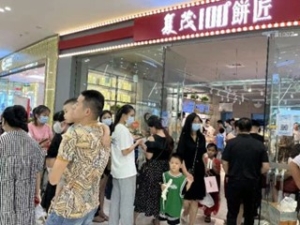 On Feb. 17, 2023, USDA FAS Agricultural Attaché Alan Hallman and colleagues published a Global Agricultural Information Network (GAIN) report on China’s “Post-COVID Food and Agricultural Situation” that provides insight into relevant aspects of end-use wheat demand in this important swing market for U.S. wheat.
On Feb. 17, 2023, USDA FAS Agricultural Attaché Alan Hallman and colleagues published a Global Agricultural Information Network (GAIN) report on China’s “Post-COVID Food and Agricultural Situation” that provides insight into relevant aspects of end-use wheat demand in this important swing market for U.S. wheat.
While there were closures early in the pandemic, “some bakeries were able to turn the crisis into an opportunity for growth,” the report stated. “Community bakeries increased sales due to strong demand for convenience foods and third party delivery services. Bakeries with strength in group-buying and sales to institutions also benefited. Many businesses and other organizations gave bakery shopping benefits to their employees. Bakeries with brick- and-mortar stores, online order platforms, and delivery services generally remained strong and grew their business during the pandemic.”
Increased Hiring
Mr. Guo Jiguang, chairman of Fujian Fumao, told USW the company is actively opening more stores and hiring more employees in Southeast China to expand its business in 2023. Bread, cakes and desserts remain the main products with fastest growing sales. Mr. Guo added that even if cake and pastry products are becoming more popular among young generations, consumer preferences are changing and both opportunities and threats coexist in the future bakery market.
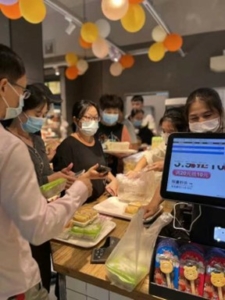
A bakery operated by Fujian Fumao in China remains busy and the company plans to open more stores in Southeast China as the country recovers from zero-COVID policies.
Mr. Philip Zhou, chairman of Guangdong Chuandao, is also bullish on baked goods.
“For us, Chinese pastry and western style bread are the two main product categories showing the greatest sales momentum,” he said. “Our company’s plan is to explore new distribution channels and cover more supermarkets and distributors to realize reasonable sales growth goals.”
Optimism with Constraints
Concluding its report, the China FAS team repeated the optimism that recreation, travel and tourism in the country are expected to grow as zero-COVID policies end. “Some businesses have become stronger, and companies have an opportunity to rebuild…” Yet consumer spending will remain somewhat constrained.
USW and dozens of other non-profit organizations in the United States are partners with FAS in agricultural export market development. Through the support of U.S. wheat farmers and FAS programs, USW conducts wheat export market development activities in China through offices in Beijing and Hong Kong.





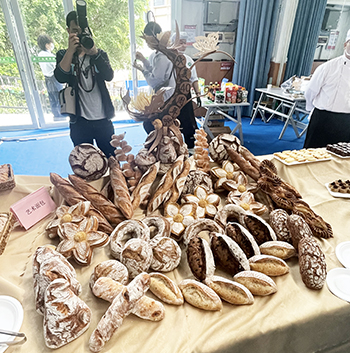
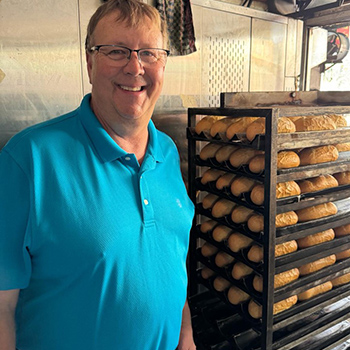
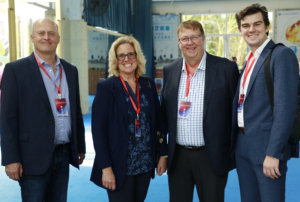
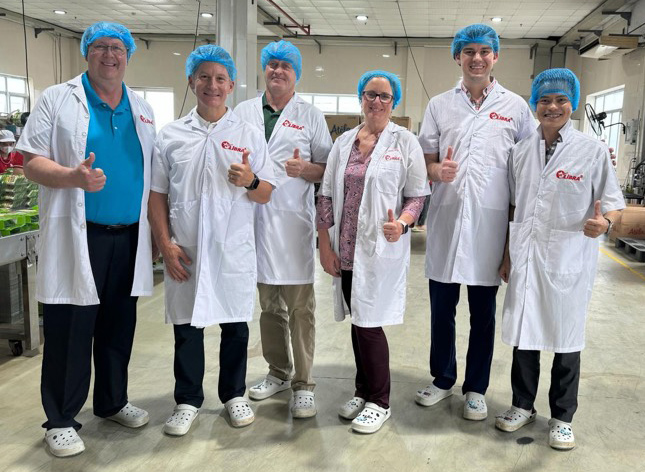
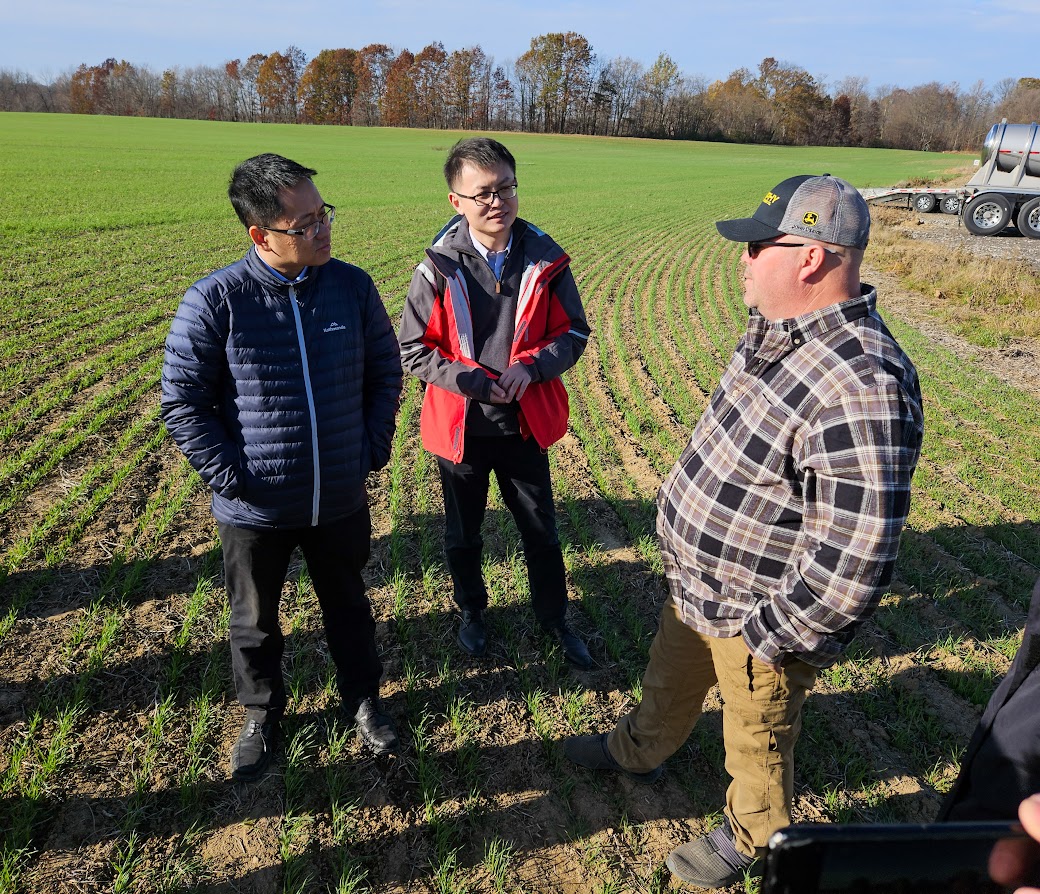

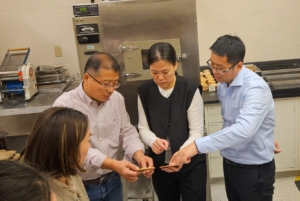
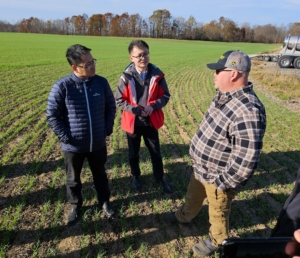
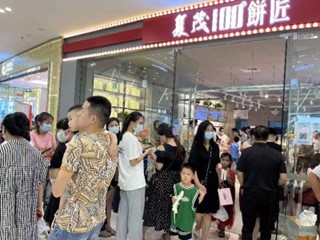
 On Feb. 17, 2023, USDA FAS Agricultural Attaché Alan Hallman and colleagues published a Global Agricultural Information Network (GAIN) report on China’s “
On Feb. 17, 2023, USDA FAS Agricultural Attaché Alan Hallman and colleagues published a Global Agricultural Information Network (GAIN) report on China’s “
